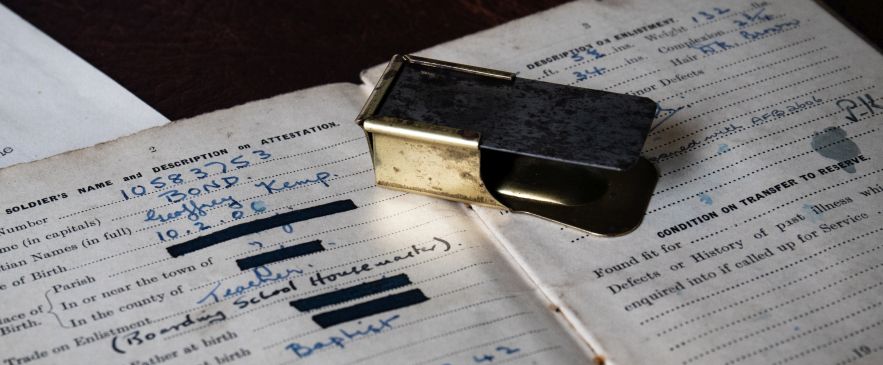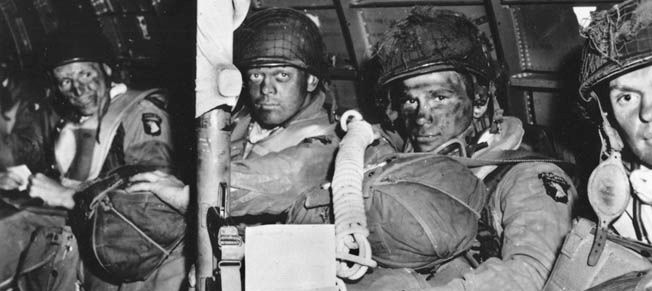Authors:
Historic Era: Era 8: The Great Depression and World War II (1929-1945)
Historic Theme:
Subject:
Summer 2019 | Volume 64, Issue 3


Authors:
Historic Era: Era 8: The Great Depression and World War II (1929-1945)
Historic Theme:
Subject:
Summer 2019 | Volume 64, Issue 3

D-Day planners gave American paratroopers an especially difficult assignment — jump out of C-47s into Nazi-held territory just after midnight, capture key bridges, crossroads, and towns, and prevent German counterattacks against Allied forces on the beachheads.
But how could the men, who would be landing in fog and darkness, dispersed by the variables of wind and pilot navigation, identify each other? Gen. Maxwell Taylor, commander of the 101st Airborne, came up with the clever idea of issuing his men little toys that made cricket sounds. A single click on the “clicker clacker” allowed a soldier to ask someone in the dark if they were friend or foe. If the other person responded with two clicks, it was a good bet he was a friend.

In the months leading up to the Allied invasion of Normandy, the 101st Airborne ordered 7,000 clickers from ACME Whistles in Birmingham, England. The clickers were then issued to the paratroopers just before D-Day as a crucial piece of survival equipment.
These “470 Clickers” have become extremely rare. They were used only on the first day of the invasion because the U.S. Airborne Division feared that Nazis would get their hands on some of the clickers, reverse engineer them, and then create their own clickers to lure Allied troops into traps. Soldiers just discarded them after D+1 because they were no longer needed.
Watch John Wayne explain how to use a clicker in the movie "The Longest Day"
Earlier this year ACME Whistles, which was founded in 1870 and still manufactures replicas of the clickers, launched a campaign to try to find one of the little devices in honor of the 75th Anniversary of the Normandy invasion. “We put out a search around the world from Europe to America to try and find an original clicker to ensure this part of D-Day history could be kept,” said Simon Topman, Managing Director of ACME.
